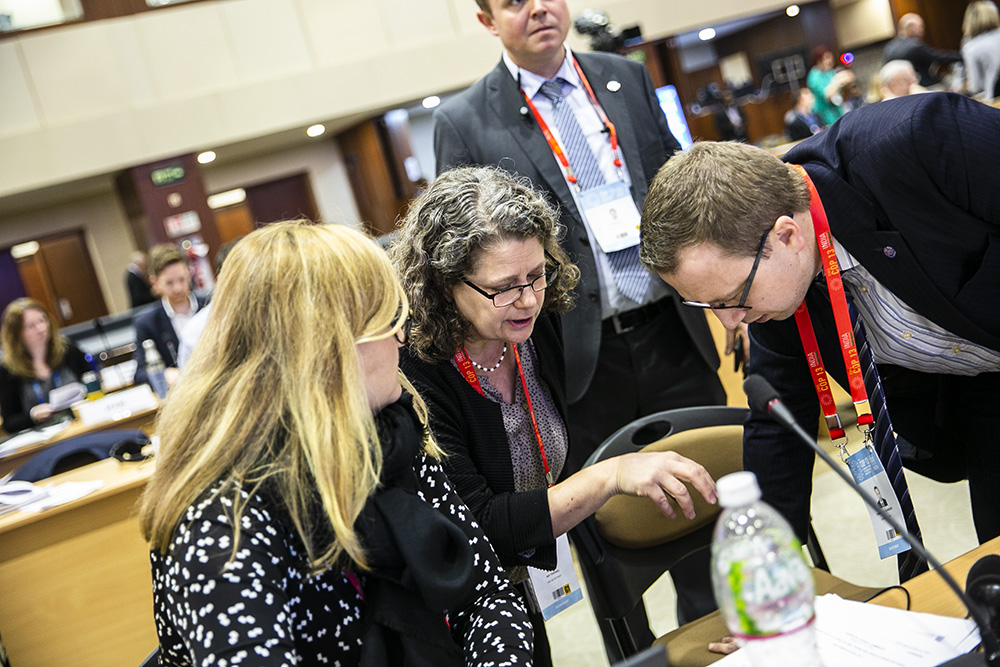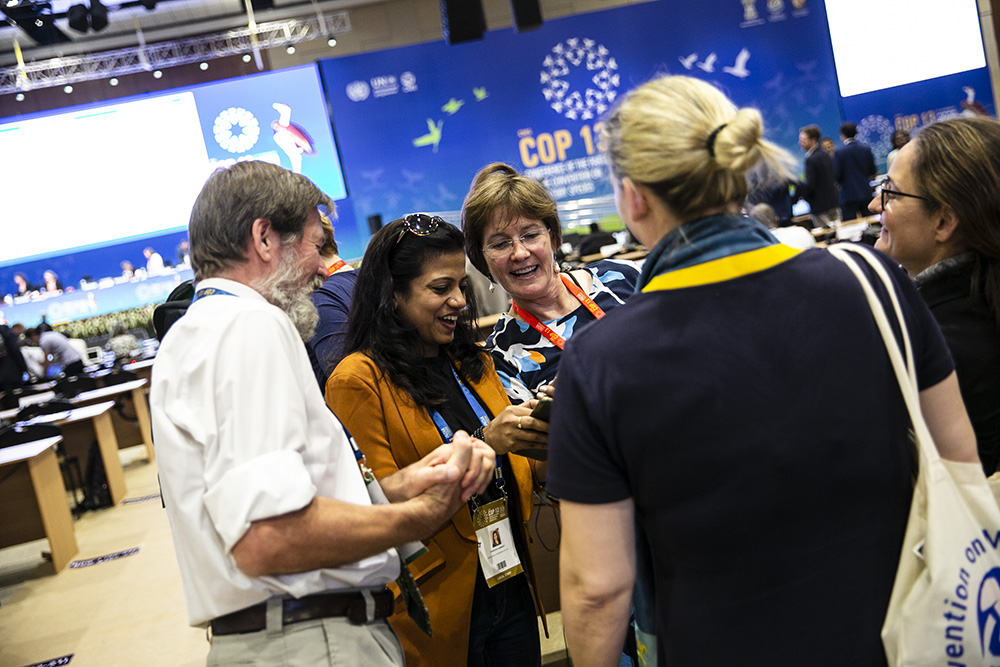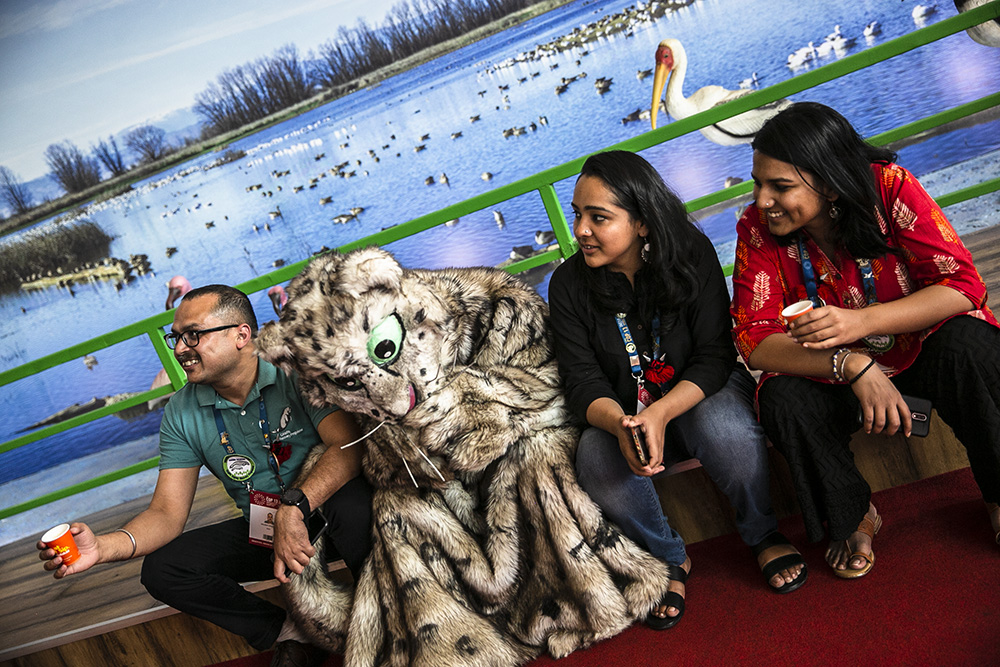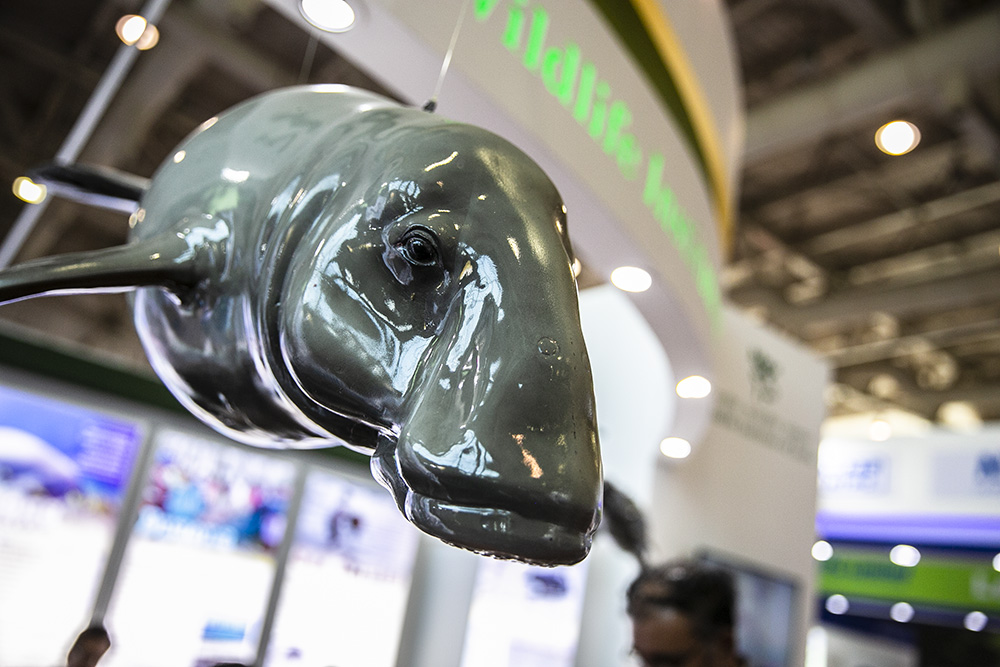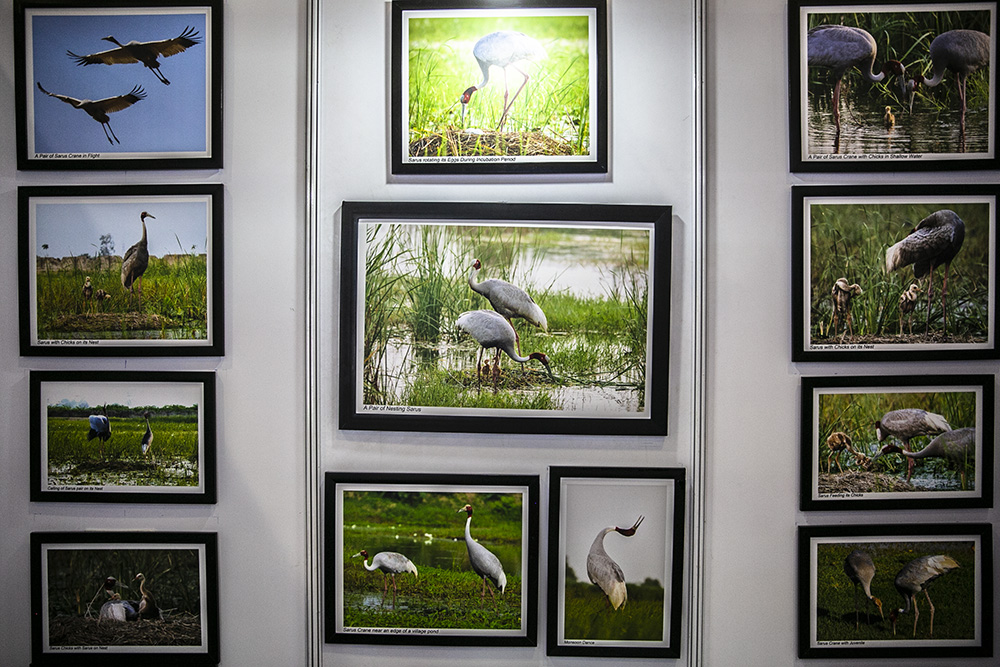Highlights for Wednesday, 19 February 2020

© Kazakhstan/CADI
Chair Akankwasah Barirega (Uganda) opened the Committee of the Whole (CoW) of the 13th meeting of the Conference of the Parties to the Convention on the Conservation of Migratory Species of Wild Animals (CMS COP13), followed by an update on progress from the Friends of the Chair Contact Group, the Budget Working Group, the Avian Species Working Group, Terrestrial Species Working Group, and the Aquatic Species Working Group. The CoW moved swiftly through a long list of agenda items related to the conservation of terrestrial species, as well as cross-cutting issues, including:
the joint Convention on International Trade in Endangered Species of Wild Flora and Fauna (CITES)-African Carnivores Initiative, a collaborative initiative on the management of lion, leopard, cheetah, and wild dog populations across 27 range states, which many parties supported;
the conservation of the African Wild Ass, with Ethiopia and Senegal noting the importance of engaging local communities in their conservation;
the Central Asian Mammals Initiative (CAMI), supported by Mongolia, EU, UK, Switzerland, Uzbekistan, and the Wildlife Conservation Society (WCS);
the application of Article III of the Convention, with the EU, UK, Australia, New Zealand, Zimbabwe, Norway, and CITES calling for an intersessional working group to clarify the nature and scale of the impact of international trade on the conservation status of CMS Appendix I-listed species before reconsidering this issue at COP14;
the reservations with respect to Amendments to Appendices I and II of the Convention, with Israel highlighting that reservations undermine the goals and effectiveness of the Convention
the review of the conservation status of migratory species, with the EU noting its deep concern that biological resource use is a significant threat facing migratory species; and
the conservation implications of animal culture and social complexity, highlighting that a number of socially complex mammalian species, such as several species of cetaceans, great apes, and elephants, show evidence of having non-human culture and that highly social species face unique conservation challenges.
In the evening, working groups established by the CoW reconvened. For more details on the day’s negotiations and to hear what delegates said in the corridors, see our daily Earth Negotiations Bulletin.
IISD Reporting Services, through its Earth Negotiations Bulletin (ENB) Meeting Coverage, has provided daily web coverage, daily reports, and producde a summary and analysis report from CMS COP13 which is now available in HTML and PDF.
Photos by IISD/ENB | Sean Wu
For photo reprint permissions, please follow instructions at our Attribution Regulations for Meeting Photo Usage Page
Plenary
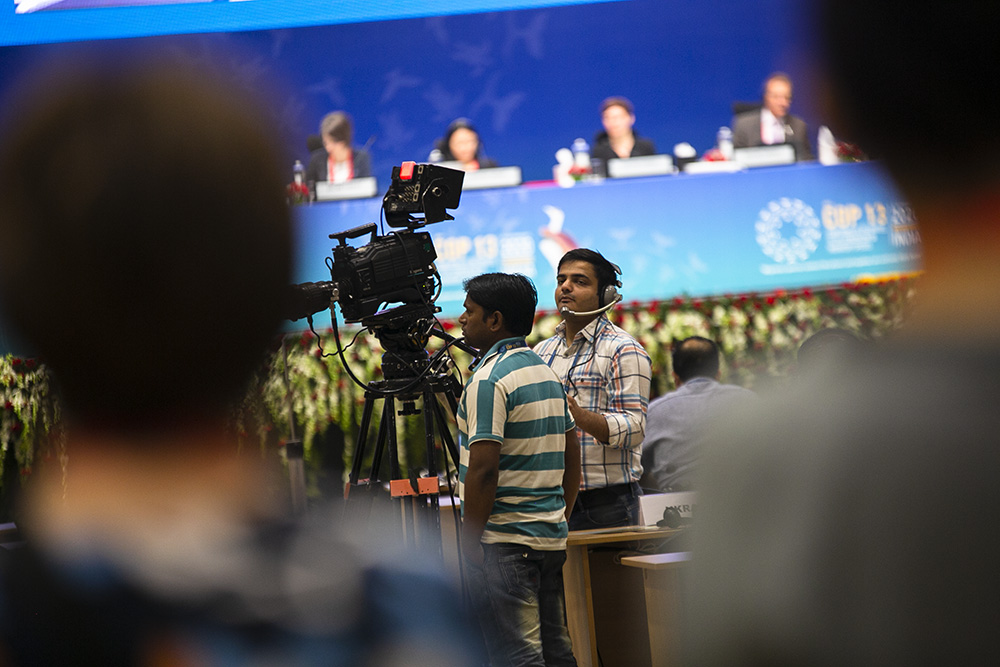
Local media continues their work on the third day of the conference
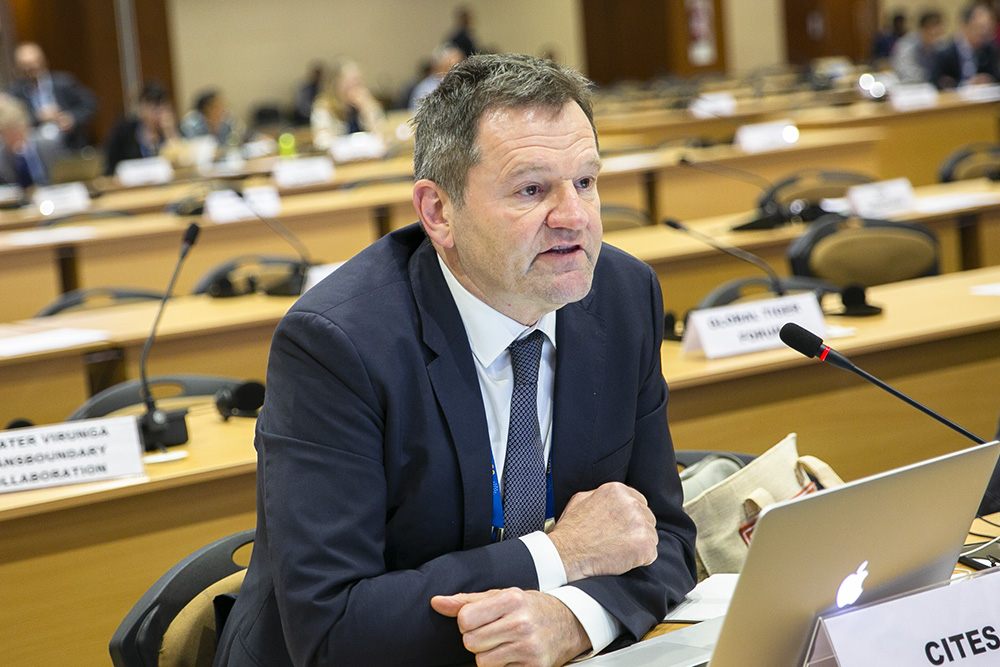
Tom De Meulenaer, CITES Secretariat

Mark Jones, Born Free Foundation
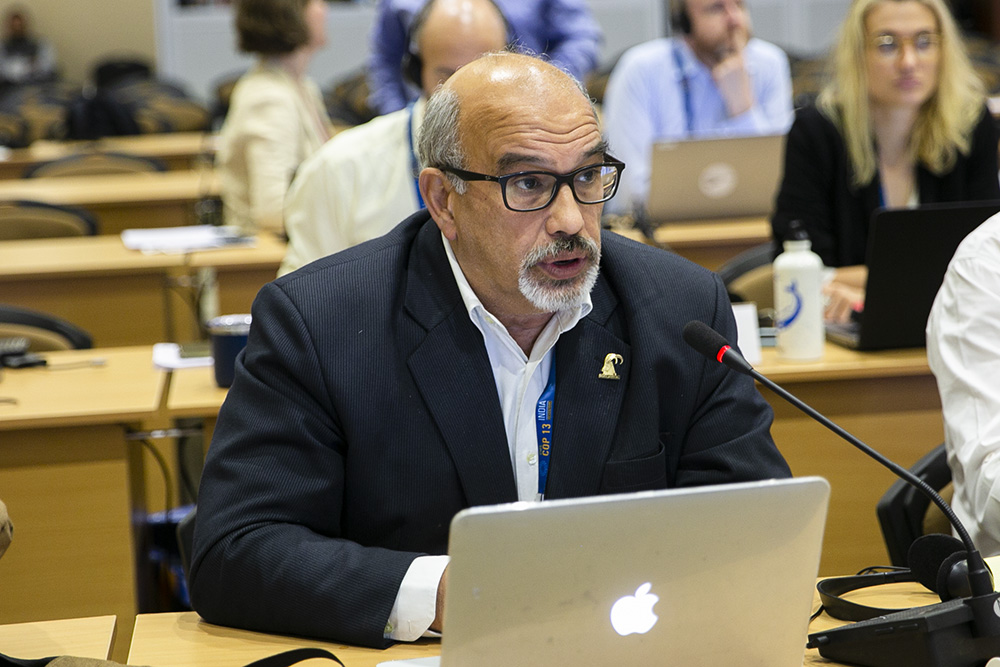
Marco Pani, Conservation Force
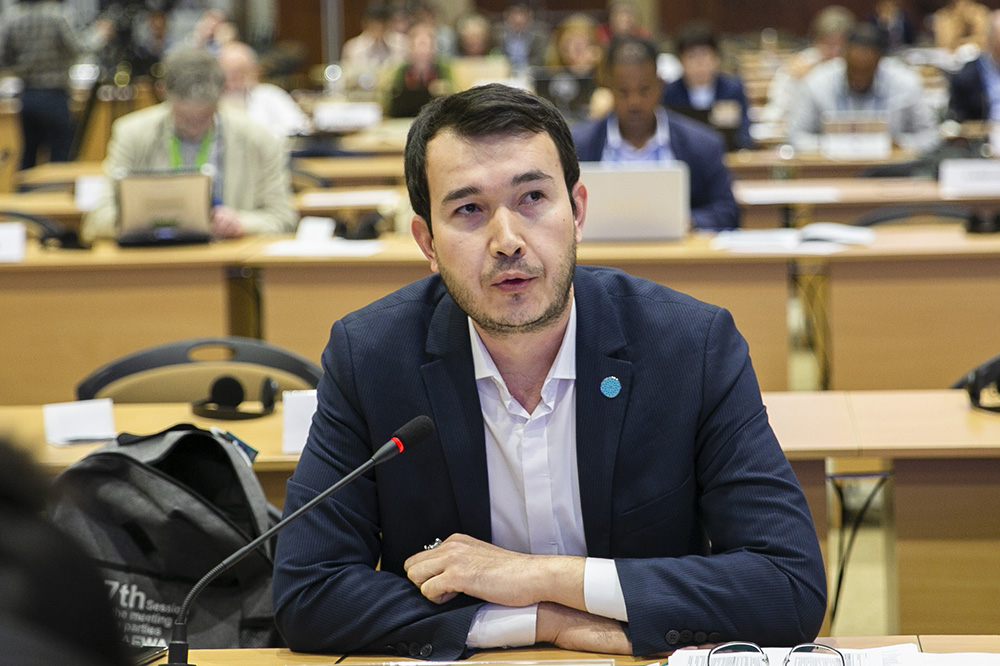
Alisher Yunusov, Uzbekistan
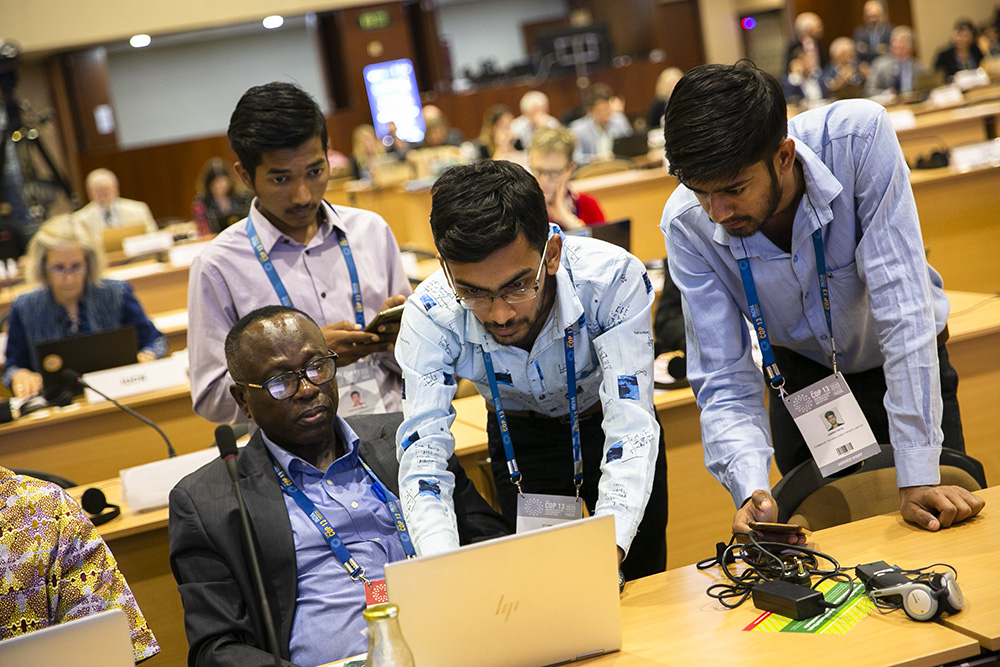
Conference staff assisting a delegate with technology issue
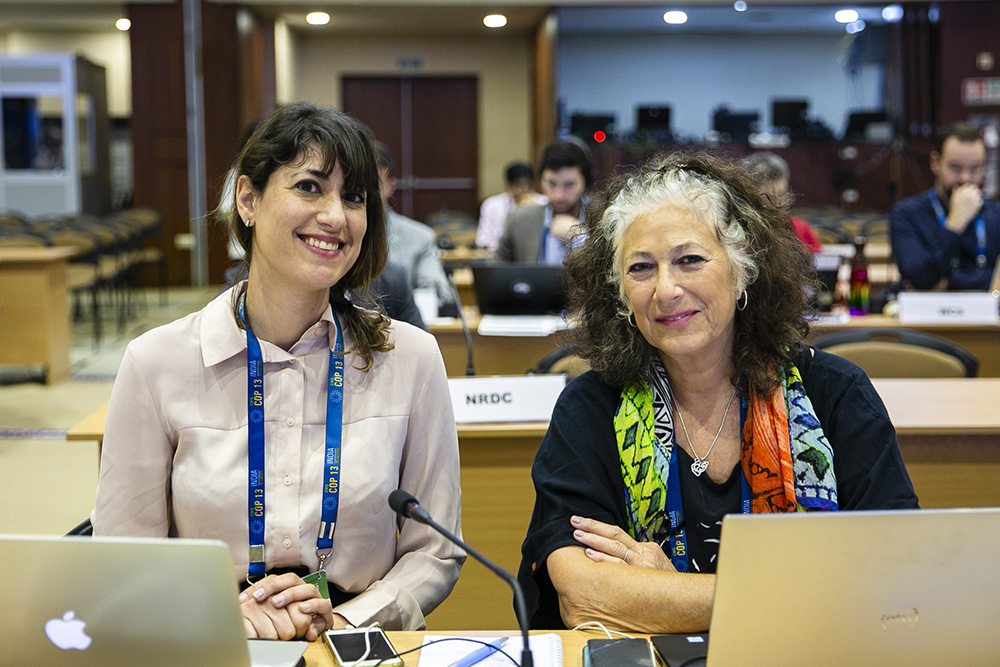
Shira Yashphe and Laurie Marker, Cheetah Conservation Fund
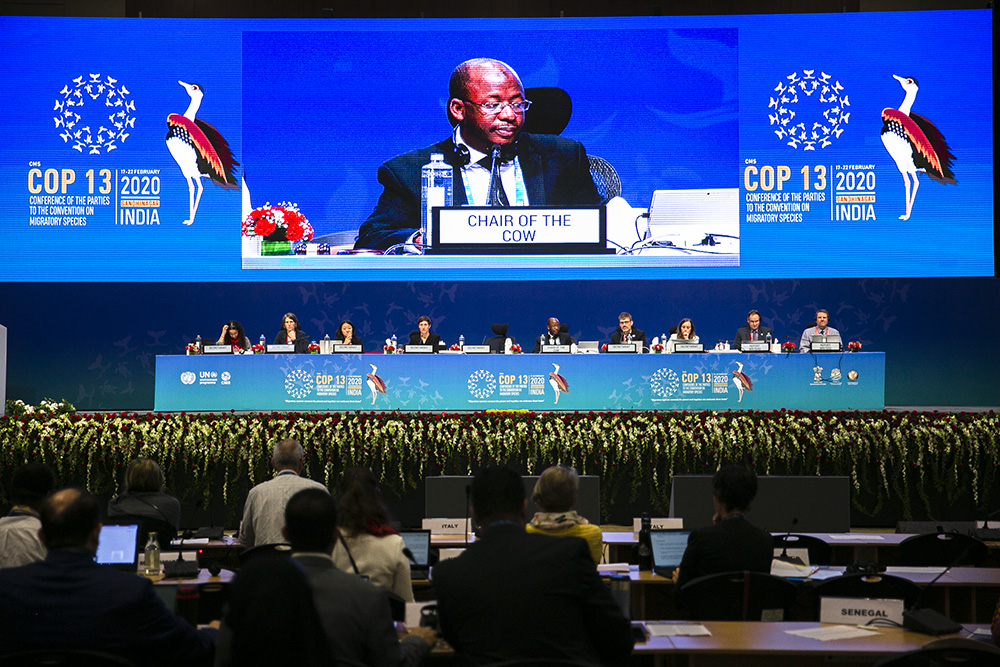
A view of the dais
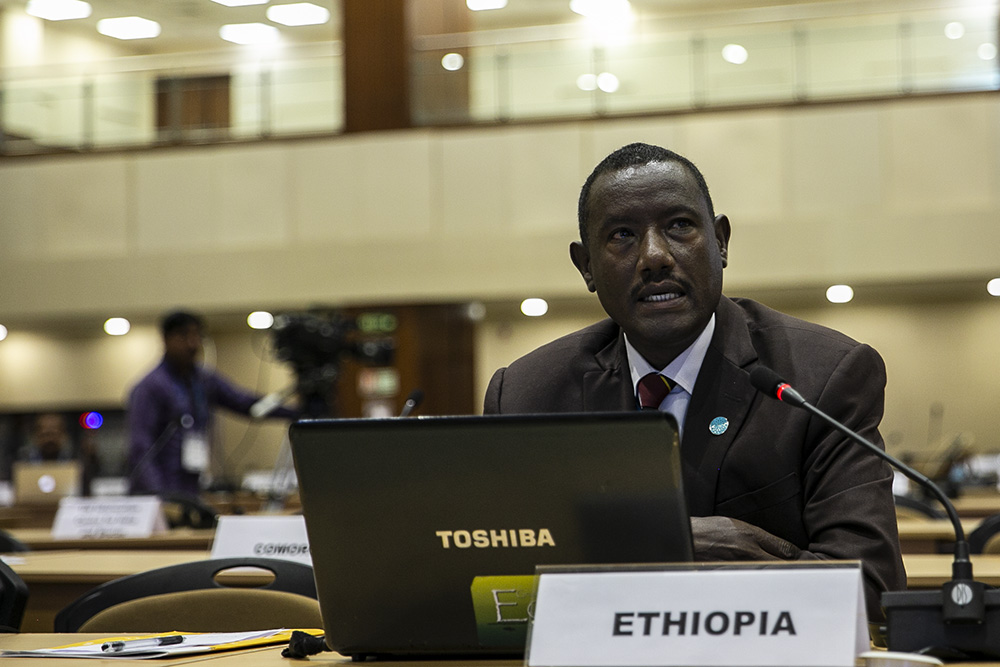
Fanuel Kebede Gorfu, Ethiopia
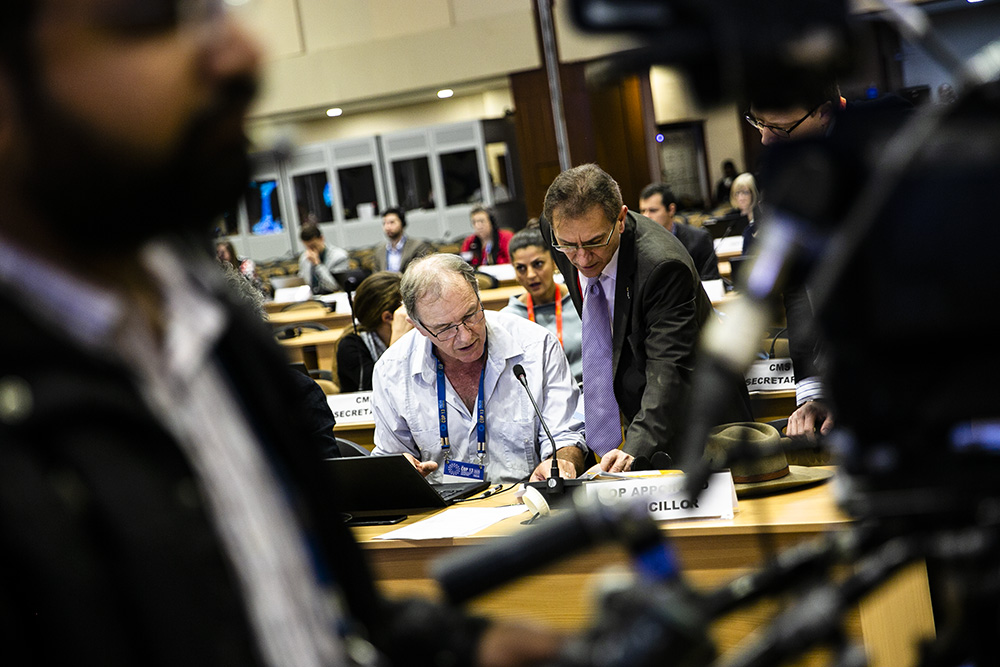
Stephen Garnett, CMS COP-appointed Scientific Councillor for Birds, speaking with Marco Barbieri, CMS Secretariat
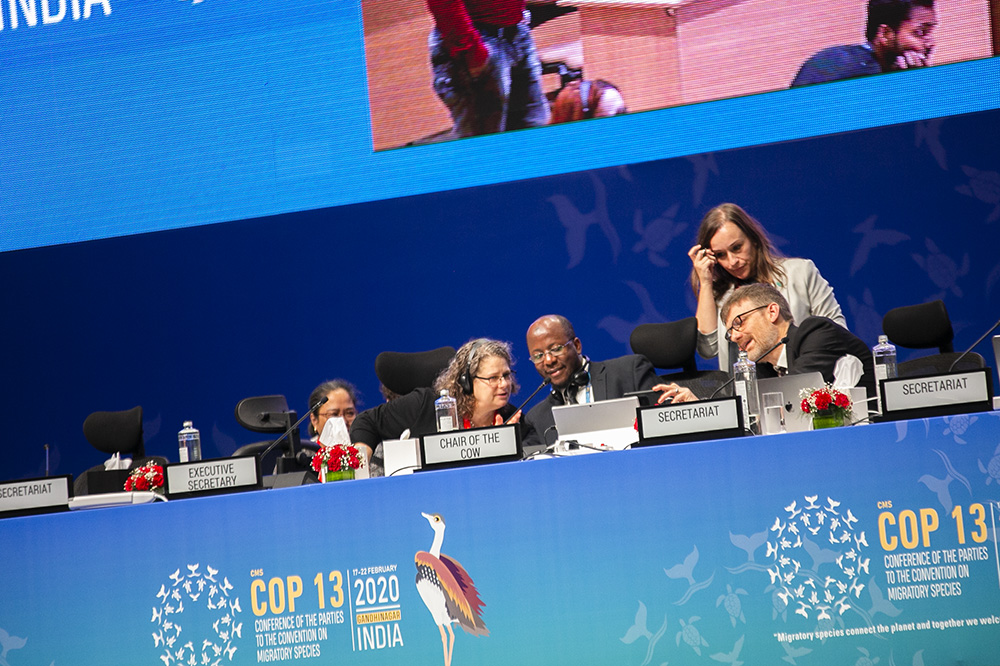
Amy Fraenkel, CMS Executive Secretary, CoW Chair Akankwasah Barirega, and members of the CMS Secretariat in discussions during the morning plenary
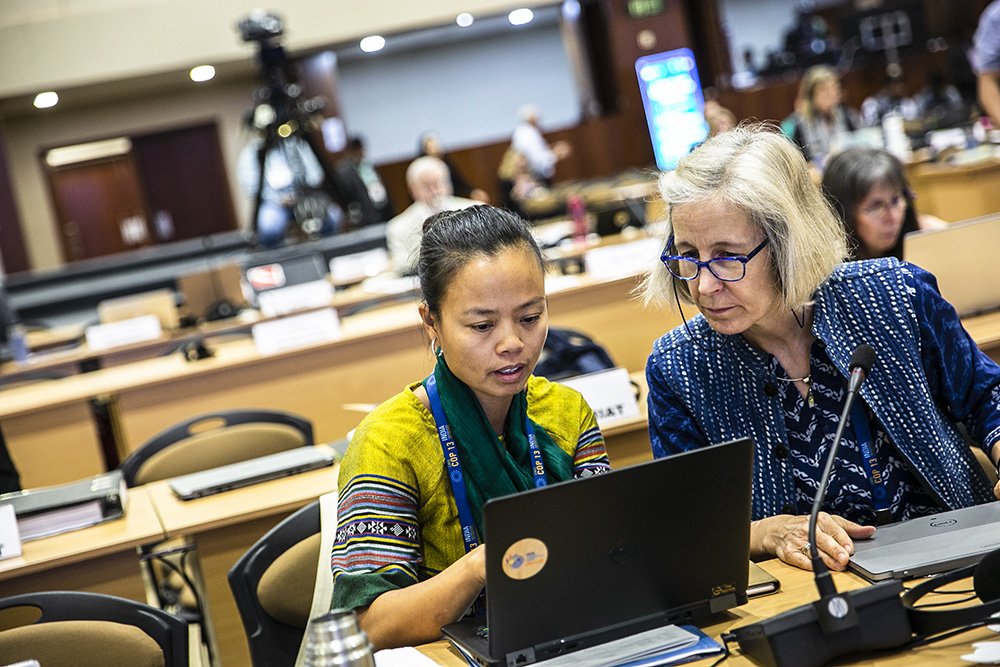
Dao Nguyen and Jane Smart, IUCN
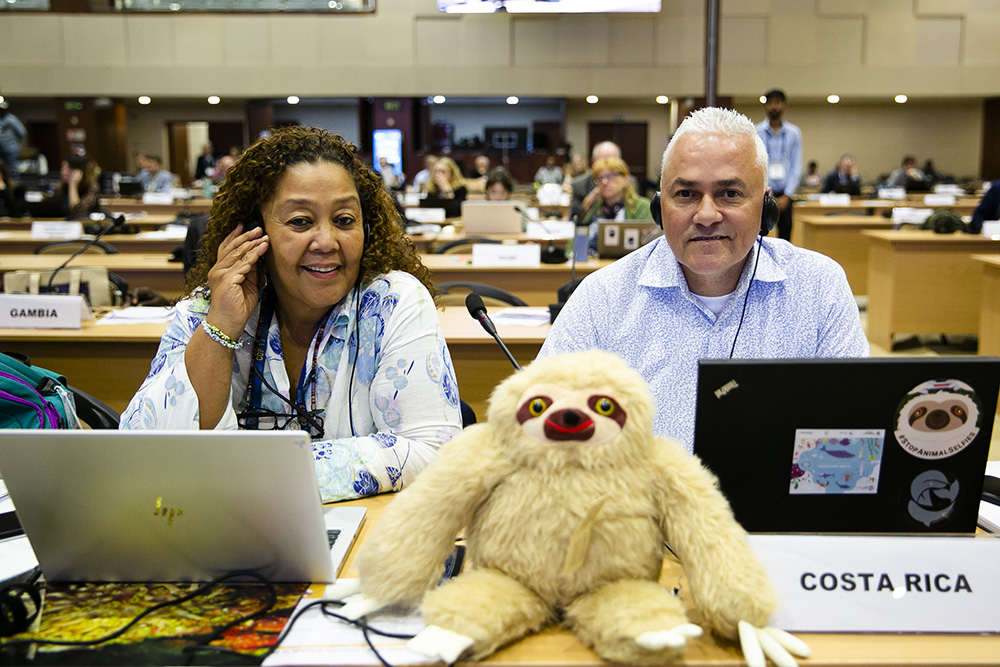
Gina Giiselle Cuza Jones and Carlos Orrego, Costa Rica
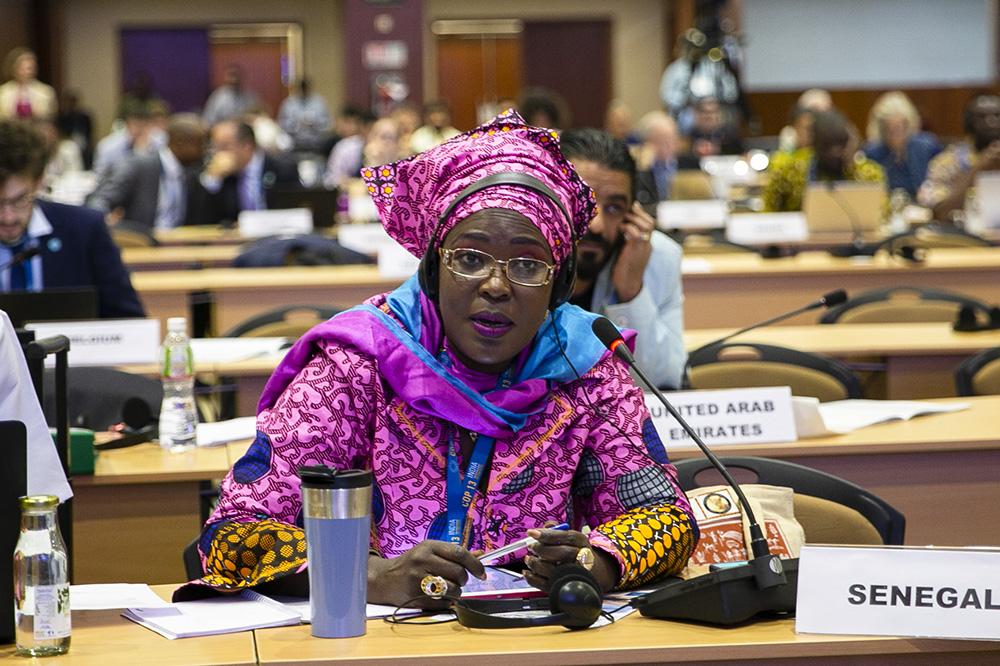
Ndeye Sene Thiam, Senegal
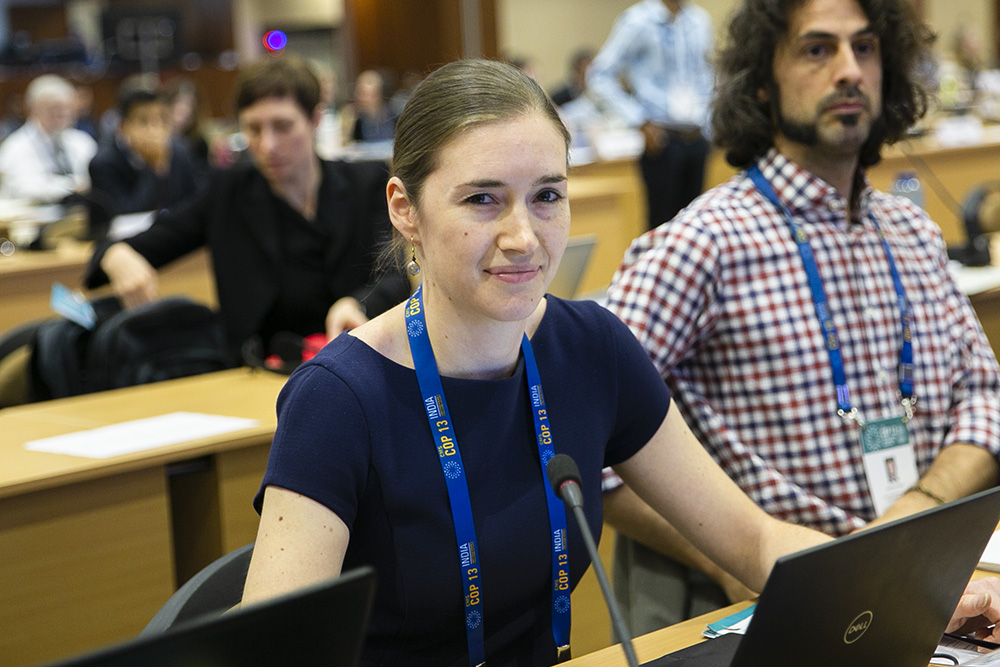
Patricia Cremona, IUCN
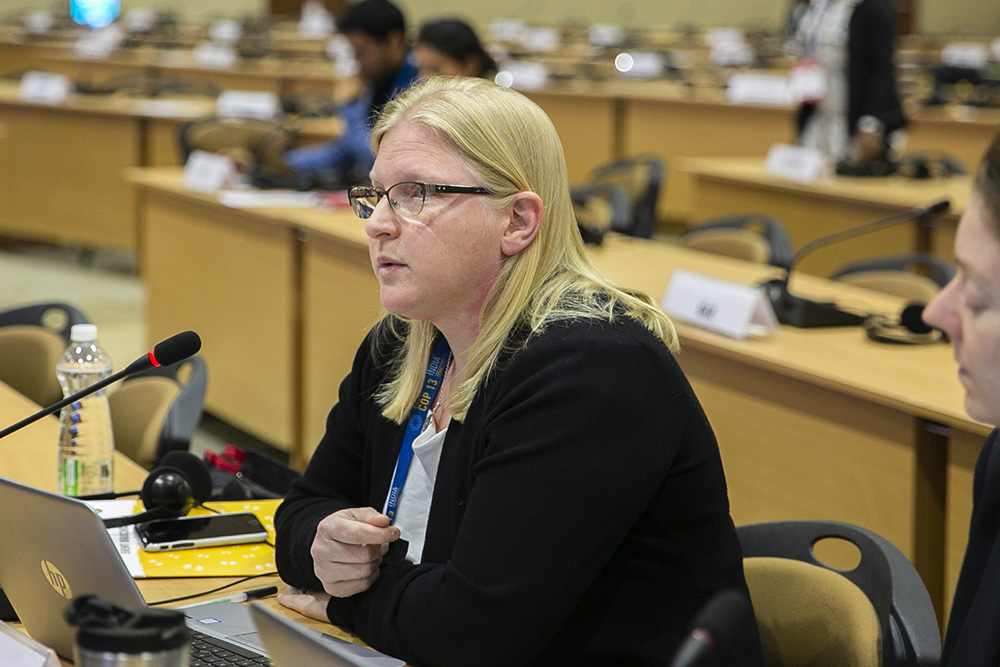
Kelly Malsch, UNEP-WCMC
Around the Venue
















